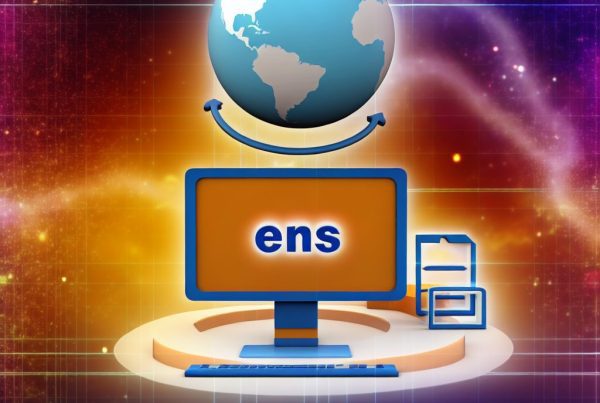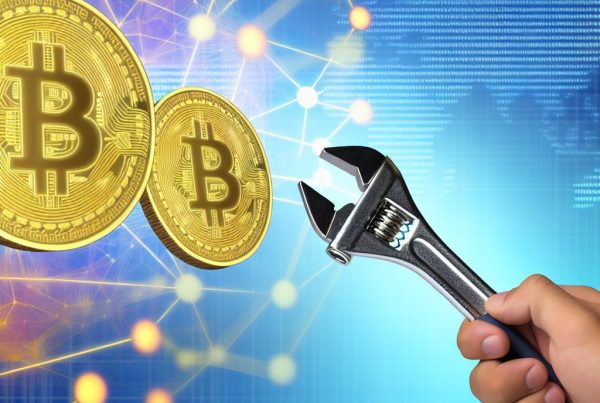What Is a Crypto Test Wallet?
The cryptocurrency landscape is vast and complex, with various tools and technologies designed to facilitate transactions, enhance security, and improve user experience. Among these tools, a crypto test wallet plays a crucial role, especially for developers and users looking to experiment with blockchain technology without the risk of losing real assets. This article delves into the concept of a crypto test wallet, its significance, and how it operates within the broader cryptocurrency ecosystem.
Understanding Crypto Test Wallets
A crypto test wallet is a digital wallet specifically designed for testing purposes. Unlike standard wallets that hold real cryptocurrencies, test wallets operate on test networks (testnets) that simulate the functionality of the main blockchain without involving actual funds. This allows developers and users to experiment with transactions, smart contracts, and other blockchain functionalities in a risk-free environment.
Why Use a Crypto Test Wallet?
There are several compelling reasons to utilize a crypto test wallet:
- Risk-Free Testing: Users can experiment with transactions and smart contracts without the fear of losing real money.
- Development and Debugging: Developers can test their applications and identify bugs or issues before deploying them on the mainnet.
- Learning Tool: New users can familiarize themselves with cryptocurrency transactions and wallet functionalities without financial implications.
- Simulating Real-World Scenarios: Test wallets allow users to simulate various scenarios, such as network congestion or transaction failures, to better understand how to handle them.
How Do Crypto Test Wallets Work?
Crypto test wallets function similarly to regular wallets but are connected to a test network rather than the main blockchain. Here’s how they work:
- Test Networks: Test wallets operate on testnets, which are separate blockchains that mimic the main blockchain’s functionality. Popular testnets include Ropsten, Rinkeby, and Kovan for Ethereum.
- Faucets: Users can obtain testnet tokens from faucets, which are services that distribute free tokens for testing purposes. These tokens have no real-world value.
- Transaction Simulation: Users can send and receive test tokens, deploy smart contracts, and interact with decentralized applications (dApps) without any financial risk.
Types of Crypto Test Wallets
There are various types of crypto test wallets available, each catering to different needs:
- Web-Based Wallets: These are accessible through web browsers and are user-friendly, making them ideal for beginners. Examples include MetaMask and MyEtherWallet.
- Mobile Wallets: Mobile applications that allow users to manage their testnet assets on the go. Trust Wallet and Coinbase Wallet are popular choices.
- Desktop Wallets: Software applications installed on a computer, providing enhanced security and control. Examples include Exodus and Electrum.
- Hardware Wallets: While primarily used for securing real assets, some hardware wallets can also support testnet transactions, offering an extra layer of security.
Setting Up a Crypto Test Wallet
Setting up a crypto test wallet is a straightforward process. Here’s a step-by-step guide:

- Choose a Wallet: Select a test wallet that suits your needs (web, mobile, or desktop).
- Create an Account: Follow the wallet’s instructions to create an account. This may involve generating a seed phrase or private key.
- Connect to a Test Network: Ensure your wallet is set to connect to a testnet. Most wallets have an option to switch networks.
- Obtain Test Tokens: Use a faucet to acquire testnet tokens. Simply enter your wallet address, and the faucet will send you tokens.
- Start Testing: Begin experimenting with transactions, smart contracts, and dApps using your test tokens.
Real-World Applications of Crypto Test Wallets
Crypto test wallets are not just theoretical tools; they have practical applications in the cryptocurrency industry. Here are some notable use cases:
- Smart Contract Development: Developers use test wallets to deploy and test smart contracts on testnets before launching them on the mainnet. This ensures that contracts function as intended and are free of vulnerabilities.
- Decentralized Application (dApp) Testing: dApp developers utilize test wallets to simulate user interactions and identify potential issues in their applications.
- Educational Purposes: Educational institutions and online courses use test wallets to teach students about blockchain technology and cryptocurrency transactions without financial risk.
Security Considerations
While crypto test wallets are generally safe, users should still exercise caution:
- Private Key Management: Always keep your private keys secure, even for test wallets. If someone gains access to your keys, they can control your wallet.
- Phishing Attacks: Be wary of phishing attempts. Only use official wallet websites and avoid clicking on suspicious links.
- Testnet Tokens: Remember that testnet tokens have no real value. Do not attempt to sell or trade them.
Frequently Asked Questions (FAQs)
What is the difference between a test wallet and a regular wallet?
A test wallet operates on a test network and holds test tokens, which have no real-world value. In contrast, a regular wallet holds actual cryptocurrencies on the main blockchain.
Can I use my test wallet for real transactions?
No, test wallets are designed solely for testing purposes and cannot be used for real transactions on the main blockchain.
How do I get test tokens for my test wallet?
You can obtain test tokens from faucets, which are services that distribute free tokens for testing purposes. Simply enter your wallet address on the faucet’s website.
Are test wallets secure?
While test wallets are generally safe, users should still practice good security hygiene, such as keeping private keys secure and being cautious of phishing attempts.
Can I switch from a test wallet to a regular wallet?
Yes, you can create a regular wallet alongside your test wallet. However, the two wallets operate independently, and you cannot transfer test tokens to a regular wallet.
Conclusion
A crypto test wallet is an invaluable tool for anyone involved in the cryptocurrency space, from developers to casual users. By providing a safe environment for testing and experimentation, these wallets facilitate innovation and learning within the blockchain ecosystem. Whether you are developing smart contracts, testing dApps, or simply looking to understand how cryptocurrency transactions work, a test wallet is essential.
For the latest news and updates in the cryptocurrency world, consider visiting Bitrabo. Follow me on social media for more insights: X, Instagram, and Threads.
Disclaimer: The information provided in this article is for educational purposes only and should not be considered financial advice. Always conduct your own research before engaging in cryptocurrency transactions.
The Crypto Watchlist of the Week 🔎
Subscribe to receive expert-curated projects with real potential—plus trends, risks, and insights that matter. Get handpicked crypto projects, deep analysis & market updates delivered to you.


